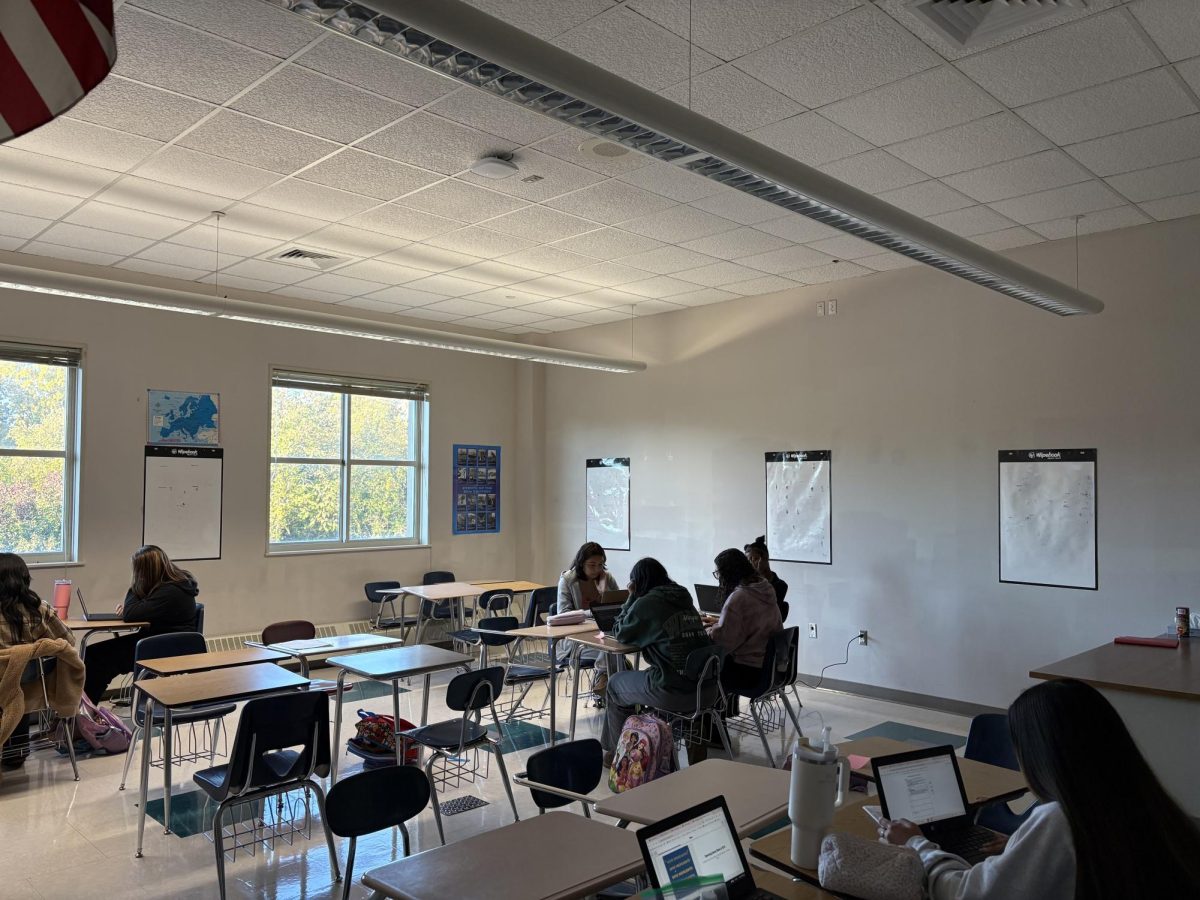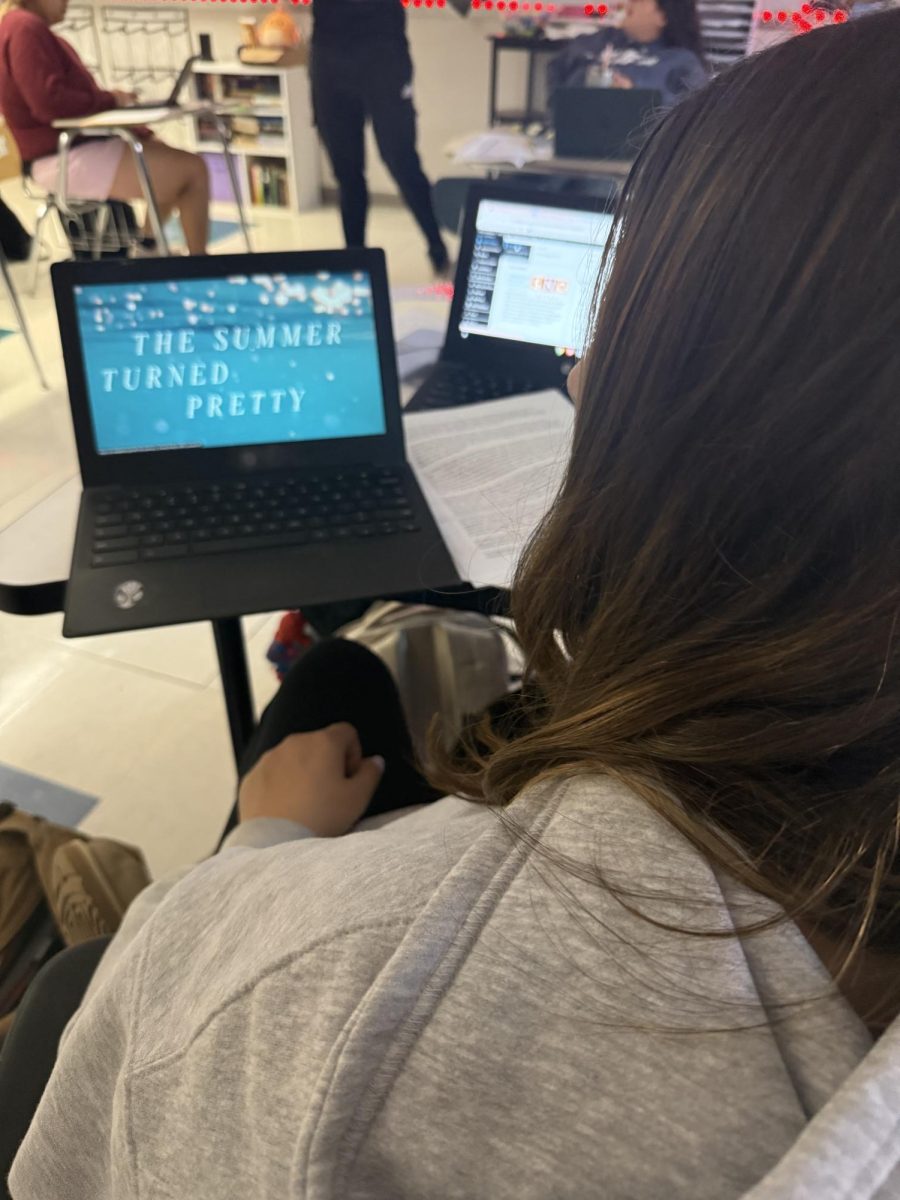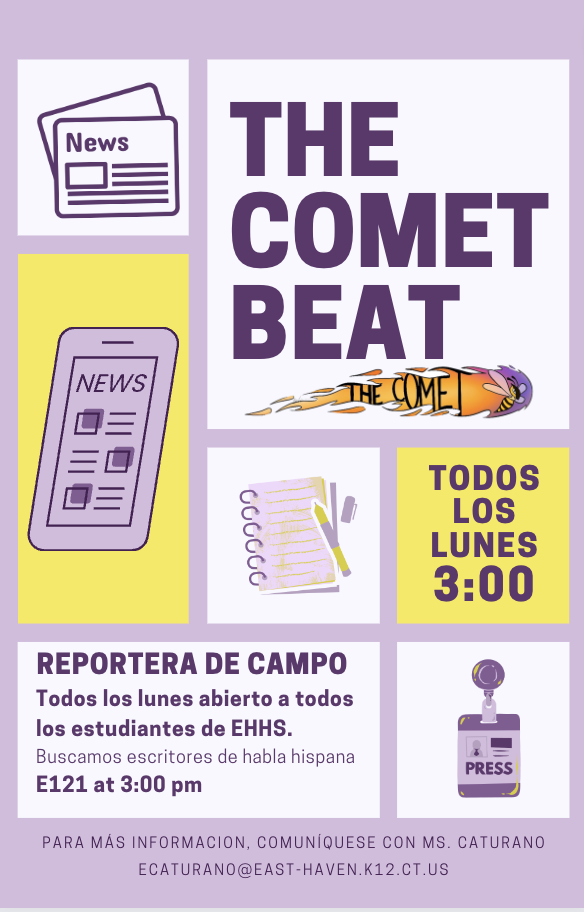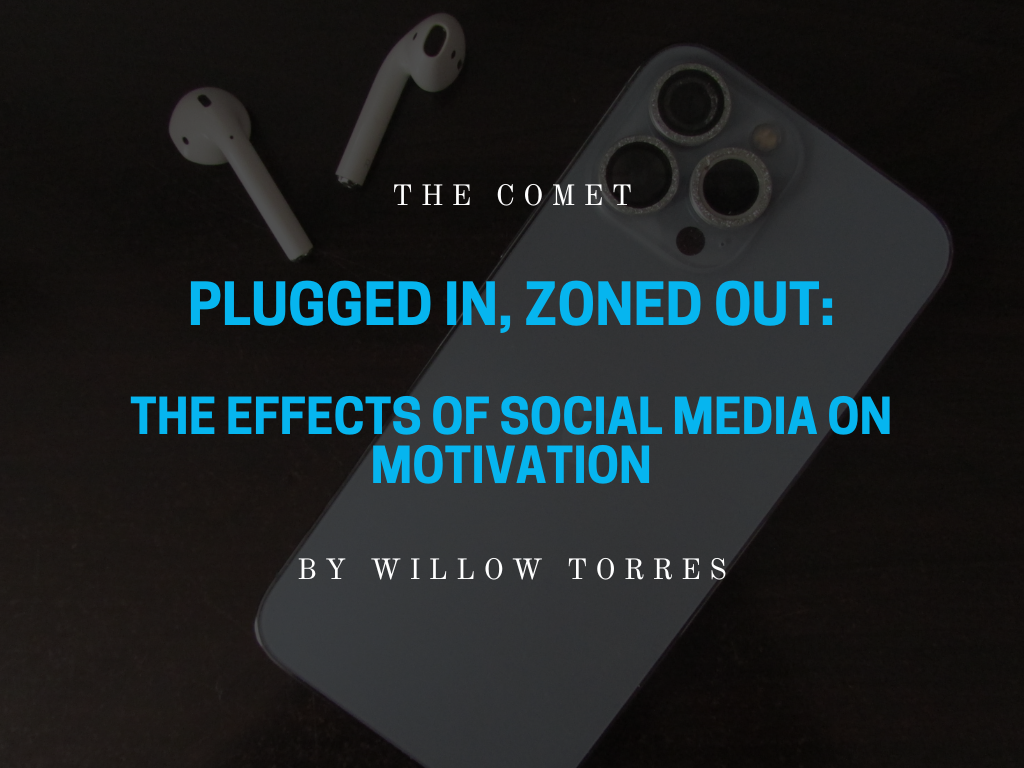When you’re sitting in class, do you ever wonder, does the teacher always have to lecture? Or do we always have to do all the work? Why do some feel like they have to talk for an extended period of time? Why do they need to call on you even if you didn’t raise your hand? Teachers do this to best understand their students and know how they can adapt to an ever changing student body.
Teachers instruct and inspire learning in many different styles depending on what suits them, their material, and their students’ best. Teachers that lecture, such as Ms. Lindsay Wright, speak about their material for an extended period of time, with limited student input. They often teach fast and it’s up to the kids to take notes. Some teachers put the focus on the students, such as personal finance teacher Mr. Thomas Walraven and English teacher Ms. Haley Lutar, giving assignments that the students work on independently or in a group. Some teachers encourage student input while teaching, such as math teacher Ms. Danielle Picagli. They teach a topic and let the students apply it, giving students direct experience with a topic before moving on. Many teachers use a variety of these styles throughout the school year.
The teachers who choose to lecture often need to share a lot information in a short period of time. EHHS Assistant Superintendent Ms. Lisa Veleas says that some teachers, like those of an Honors or AP course, need to cover a lot of content, so they find themselves lecturing. Ms. Wright said that when lecturing, teachers need to know what is important to talk about. She said they often have so much to go over that it is tough to stay focused on what is necessary. Some teachers are more hands-on in their approach, such as Ms. Picagli. One of her main methods is grouping students up, giving them a problem to work on, and have them figure it out with little oversight from her. Ms. Picagli said that she “emphasizes the important and minimizes the non-important.” She, along with other teachers, try to condense lessons to what students need to know. English Teacher, Ms. Haley Lutar, commented that students need to understand the context of their lesson. She says you need to get students in the right mindset, this helps them understand the material and its value to the class.
Teachers like to focus on doing what is best for their material. Ms. Lutar said, “As teachers, we use what’s called a backwards design. I know what the end of a unit looks like, then I start giving them everything they need to know about it…if you know what the end result is, you kind of build your students’ knowledge so that when they get to the end point, they’re ready to give their own interpretation of it.” Teachers often have to adapt if their material changes, or if a student is not understanding it as well as others. It’s part of their job to offer that assistance. Mr. Walraven commented that the curriculum is often always evolving and changing. He said it’s the students that always bring in something new, and the teachers always adapt to their students. In terms of changing the material, many changes have been made in recent years to make lessons of all subjects more interactive. The integration of the “Thinking Classrooms” using the Wipebooks Boards has allowed students to think about what they are learning and apply it. Teachers can see how students understand it, and the student is able to better interact with the material. This is why an AP course is taught so differently than a Level 1 or 2 course; they expect different skills and application of the students, and the teachers often teach in response to that.
The impact of a style varies depending on the student, but teachers always want to make a positive impact on students. Mr. Walraven said, “You don’t need to be a smart student, to succeed in this world. You need to have determination, you need to have persistence, you need to believe in yourself. If I can help my students understand that, no matter how it is taught, I know that it was a good year.” Teachers all teach in different ways, but they all believe in giving students the tools they need to continue living their lives and be successful in the real world. Their style of teaching is just their way of doing that for their students.



























